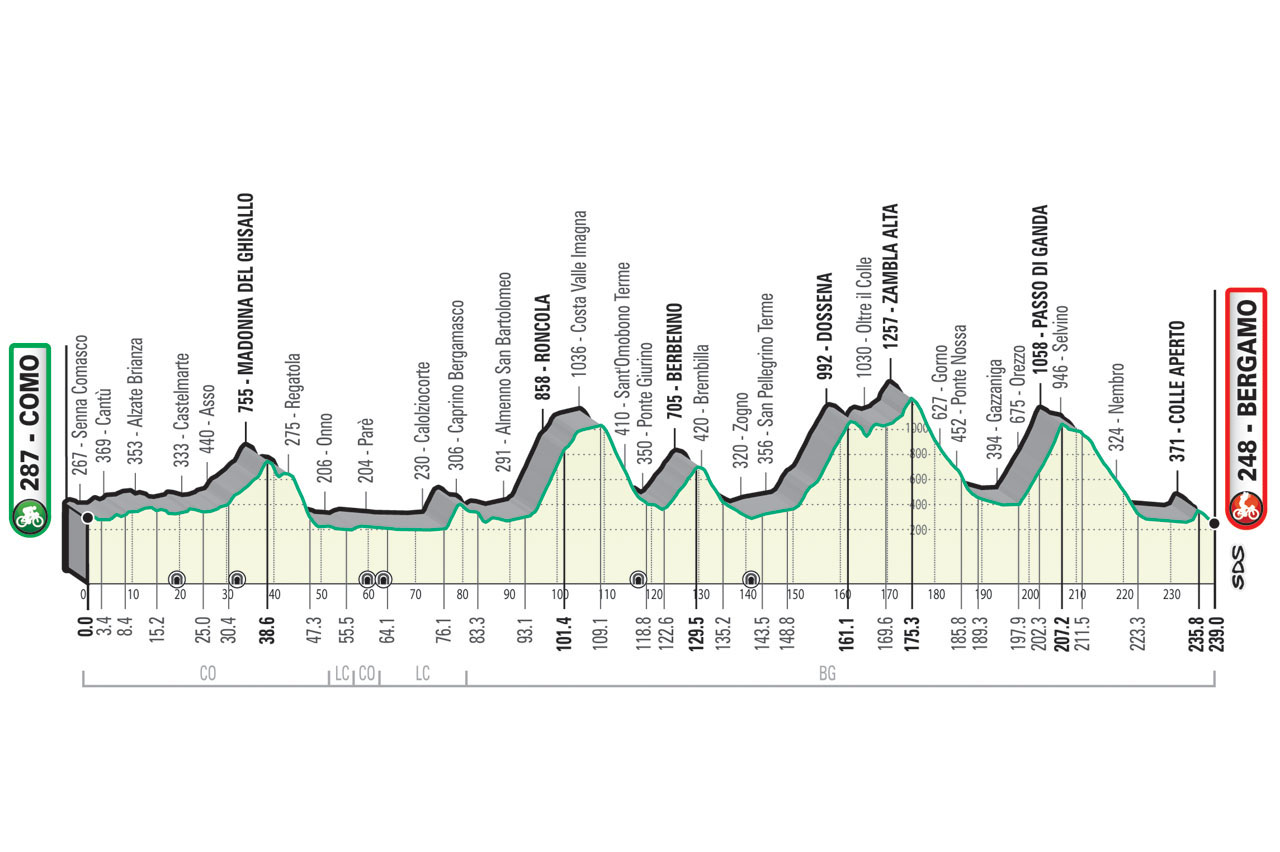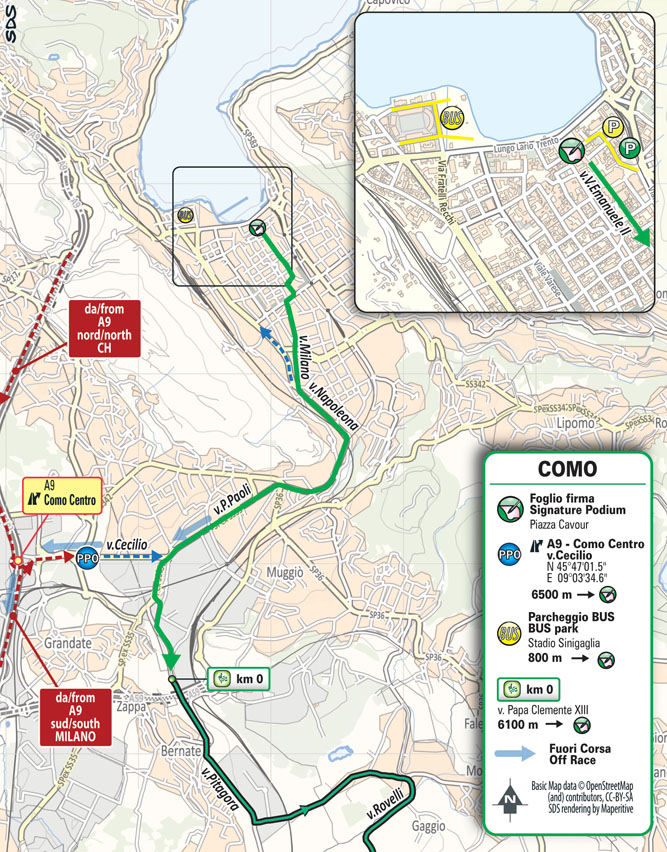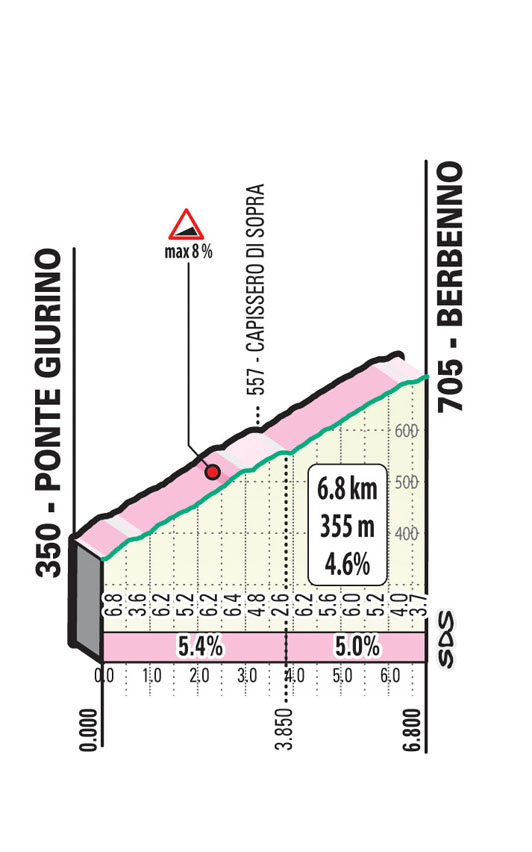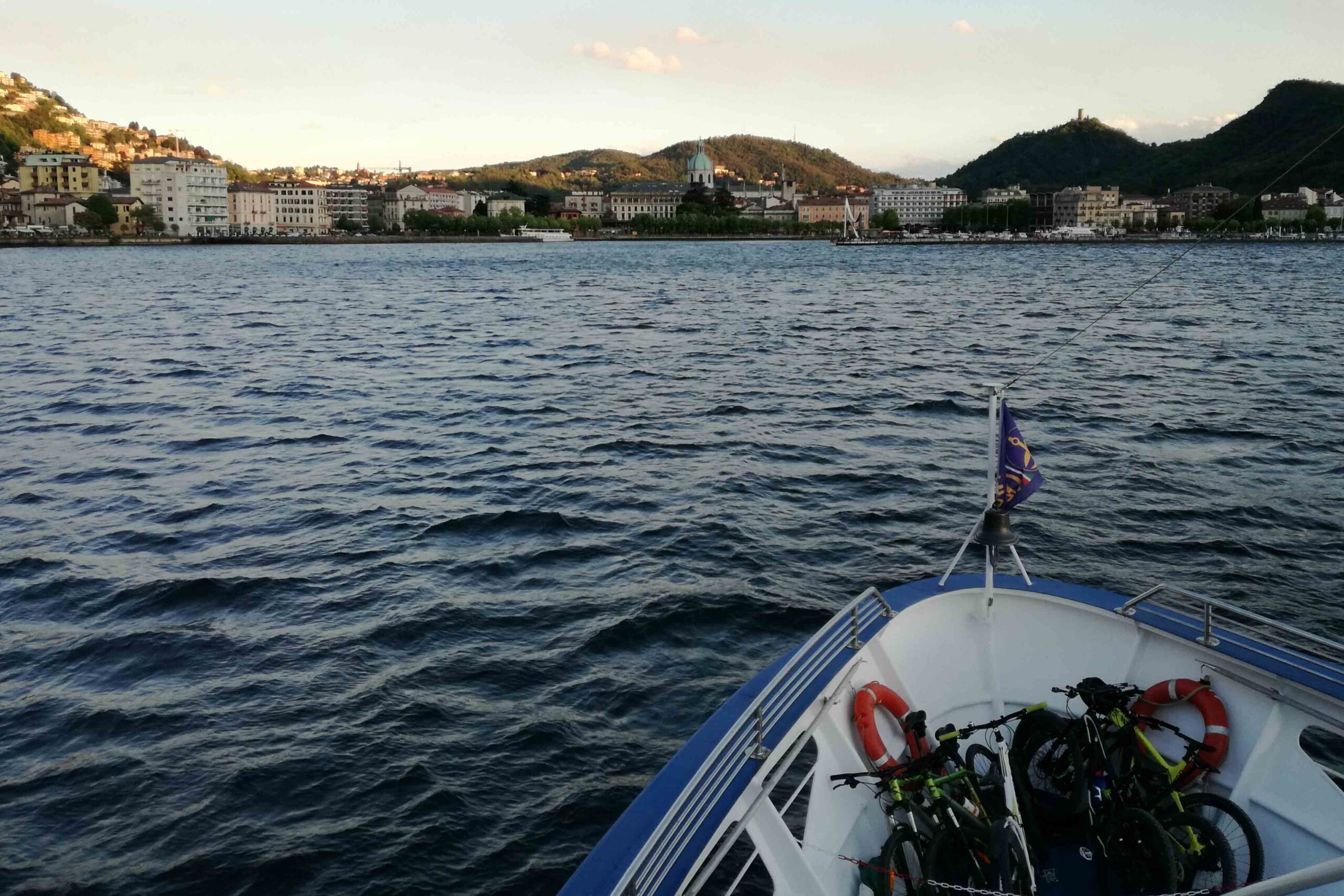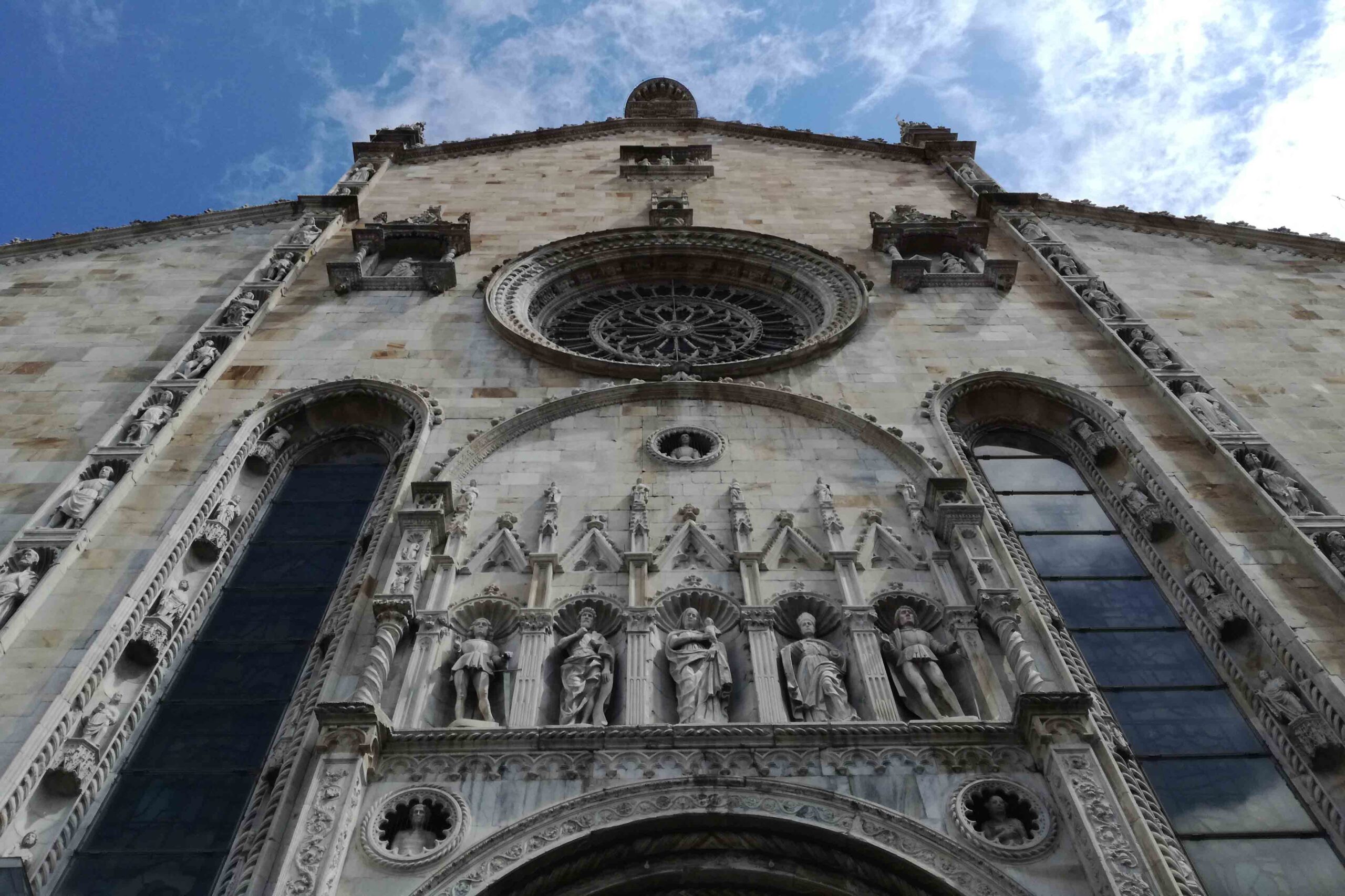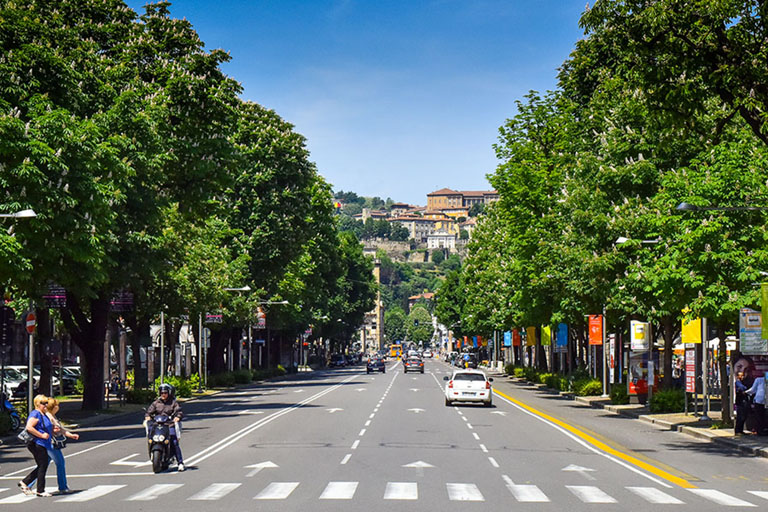profile
map
technical info
After the start from Como towards Cantù, the riders will tackle the Ghisallo as the first climb of the race, ascending from the Asso side to then descend to Bellagio and reach Lecco along the shore of Lake Como. Upon entering the province of Bergamo, a series of climbs begins that leads to the finish line. This section of the race is characterized by a continuous succession of climbs and descents with almost no flat sections in between. The riders will climb the Roncola first (Valico di Valpiana, offering gradients of up to 17%), then the climbs of Berbenno, Dossena, Zambla Alta and Passo di Ganda for a total vertical elevation that surpasses 4400m. From Ganda, the route leads to the Selvino where the classic long descent with 19 hairpin bends begins. From there, the riders will cross 9km in their approach to the city (the only flat section of the final part of the route) and begin the iconic passage through the Città Alta before the finish in Bergamo.
The final kilometers
The last kilometers head through Bergamo’s upper town, going up to Porta Garibaldi and then (crossing 200m of cobblestone terrain) to Largo Aperto. In the first part the gradients are always in excess of 10% (max 12%). Downhill the roadway is wide on a smooth surface. At 1800m from the finish, there is a sharp turn with a short bottleneck to overcome the Porta Sant’Agostino. After the last kilometer, a wide curve to the left awaits the riders before they join the straight that leads to the finish. The final straight is 800m long and 7.5m wide on an asphalt surface, downhill in the first part and then flat.
start / finish
climb detail
final kilometres
itinerary timetable
tourist info
Host city:
Como
Touristic informations
Como is an elegant and lively town, lying on the southwestern branch of the lake of the same name, in a unique natural landscape and surrounded by lush verdant hills. Luxurious villas, elegant buildings and ancient churches highlight the beauty of the city, while the lovely alleys and the colourful piazzas add to its charm. Como is also referred to as “the city of silk”. Back in the 1400s, Ludovico Sforza, Duke of Milan, decided to plant mulberry trees around the lake to feed the silkworms, and the city has been the largest silk producer in Italy since then.
Point of interest
The most stunning piece of architecture in town is the splendid Duomo (the cathedral), dedicated to Santa Maria Assunta. Its construction began in 1396, and lasted four centuries overall, in a splendid fusion of styles – Gothic, Renaissance and Baroque. Como is also renowned for its lakeside villas with lush gardens, such as the Neoclassical Villa Olmo, built in 1780, now a popular venue for congresses, events and art exhibitions. The city has become one of the major tourist destinations in northern Italy, and is a hit with Italian and international celebrities alike.
Bergamo
Touristic informations
Bergamo is a small “two-storey” city in Lombardy, with a rich history and a stunning architectural legacy. The walled upper town, Bergamo Alta, is beautifully preserved, with wonderful cobbled streets and lovely mediaeval buildings. The modern, lower town, Bergamo Bassa, is connected to the older, upper district via a funicular railway.
Points of interest
Major landmarks include the Venetian walls, which were built by the Republic of Venice in the 16th century, when Bergamo was a possession of that State, in order to protect the city from the Republic of Milan and from France, when the Republic of Venice was starting to lose its monopoly of maritime trade. These walls – a symbol of the rich and bold history of Bergamo – are the keepers of a beautiful city, waiting to be explored.






